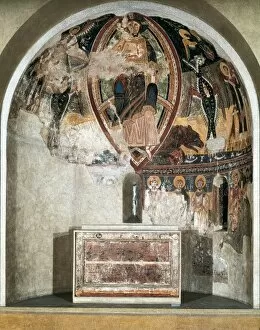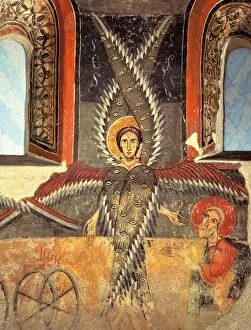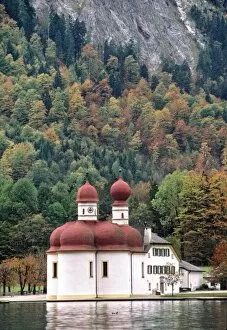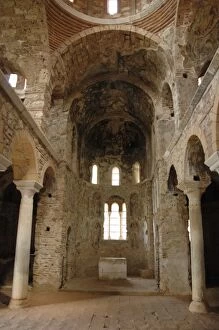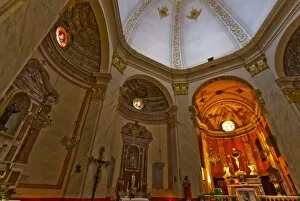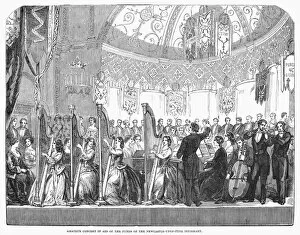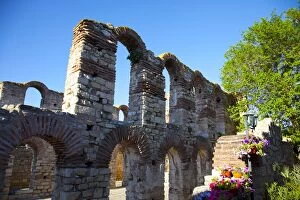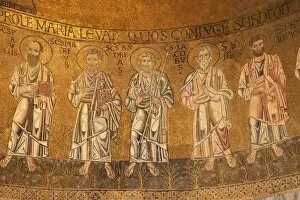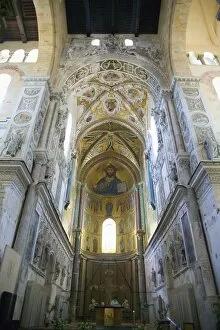Apse Collection (#48)
The apse, a prominent architectural feature found in churches across Europe, holds great historical and artistic significance
For sale as Licensed Images
Choose your image, Select your licence and Download the media
The apse, a prominent architectural feature found in churches across Europe, holds great historical and artistic significance. In Caen, France, the Saint Etienne Church and Abbey proudly display their magnificent apse, drawing visitors from near and far to admire its grandeur. Meanwhile, in the Vall de Boi in Spain's Boi Valley, the church of Sant Climent de Taüll showcases a breathtaking Pantocrator within its apse - a true masterpiece of religious art. Moving on to Oppenheim in Germany, we encounter an enchanting apse dating back to 1872. Created by E I Roberts, this architectural gem stands as a testament to human creativity and craftsmanship. Across the English Channel lies Kings College Chapel in London - an iconic example of British architecture boasting an awe-inspiring apse that leaves spectators speechless. In Rome's St. Peter's Basilica, one cannot help but be captivated by the interior view of its majestic apse. The sheer magnitude and intricate details leave visitors humbled by centuries of devotion and faith. Similarly impressive is the Church of St Ignatius Loyola at Campus Martius; located in Italy's capital city itself. Venturing southwards into Naples' Campania region brings us face-to-face with another remarkable sight: the Interior of Church Gesu Nuovo. Its stunningly adorned apse transports worshippers into a realm where beauty intertwines with spirituality. Further eastward lies Venice's Veneto region where St Mark's Basilica beckons with its opulent interior view featuring yet another splendidly designed apse - truly mesmerizing all who enter its hallowed halls. Notably situated in Lazio Frosinone Alatri is S. Maria dei Padri Scolopi whose exquisite apse serves as both a visual delight and spiritual sanctuary for those seeking solace amidst life’s chaos. Finally journeying through Spain reveals Toro’s Zamora province, where an apse of remarkable beauty graces the landscape.



